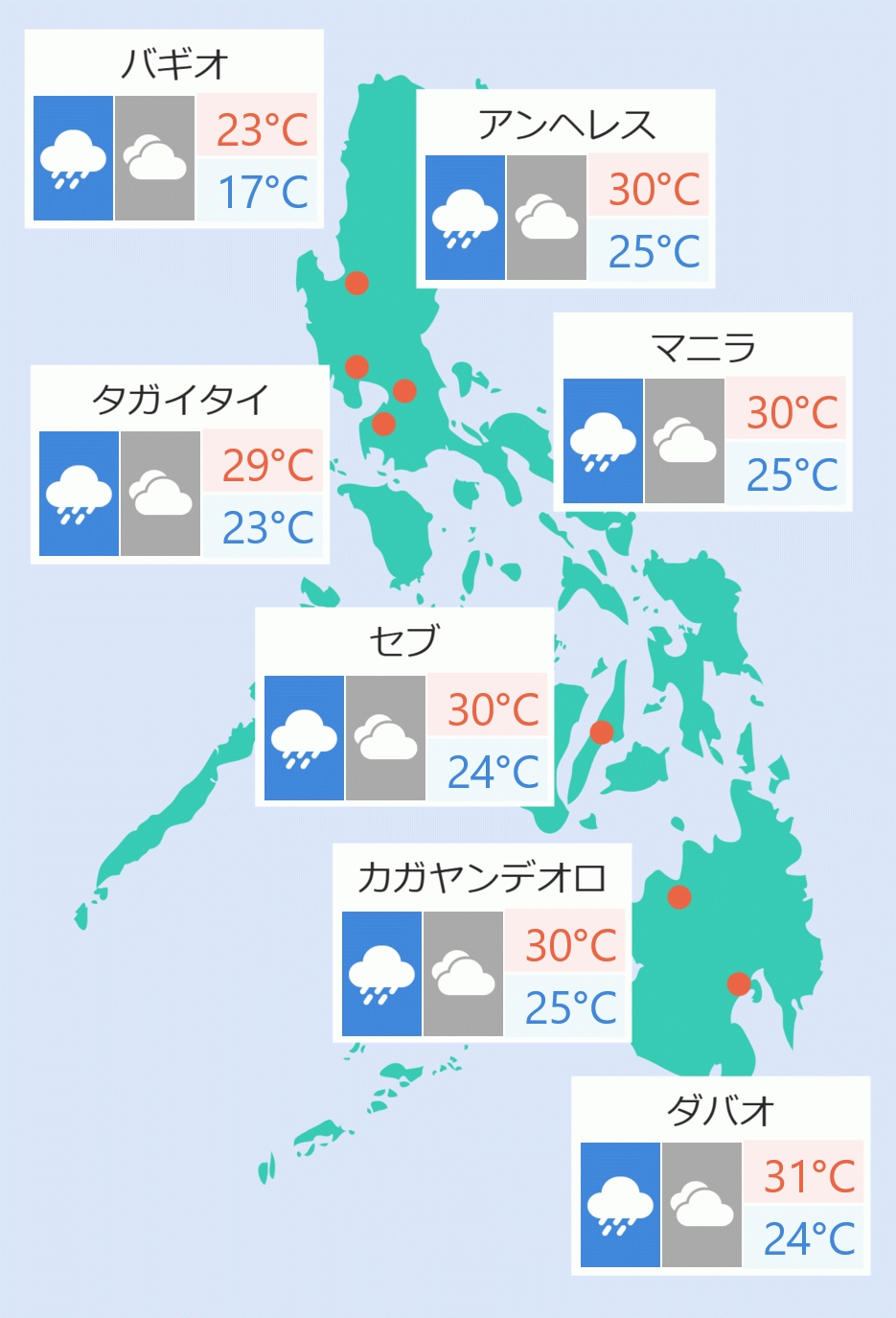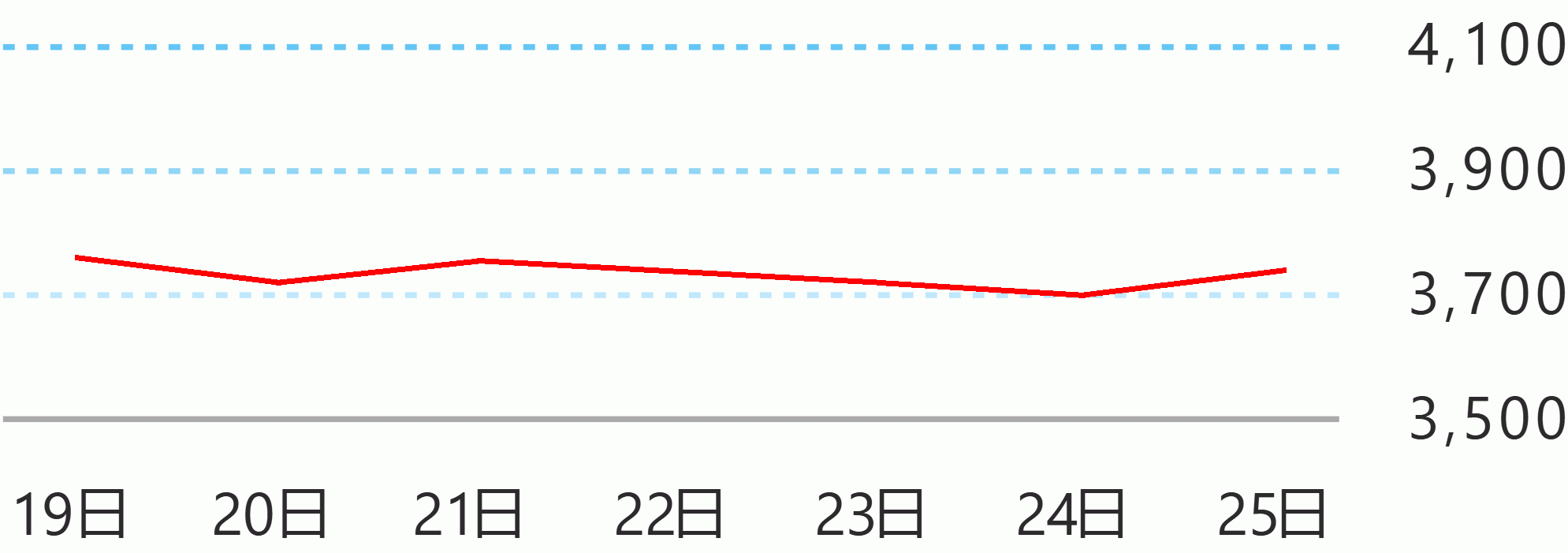President Ferdinand R. Marcos Jr.’s participation to the World Economic Forum (WEF) in Switzerland in January last year created a lot of interest and optimism in the Philippines, with numerous companies wanting a know more about its investment prospects, the president of WEF said Tuesday.
“There is a lot of optimism in the Philippines but also around the Philippines globally. We had a dialogue there and it was very, very well-received and a lot of companies that are partners with the World Economic Forum said that they would like to have a roundtable, to meet with the Filipino secretaries, [and] also to meet with President Marcos,” Borge Brende, the WEF president said in a press conference in Malacanang.
“Go a little bit deeper on the reforms and outlook for the Philippines and since then, in one and a half year’s time, the economy here has really showed how resilient it is,” he said.
The Philippines is now the fastest growing economy in the region, with increased investments and foreign direct investments (FDIs) coming in even its FDI level is relatively lower than some of its surrounding countries.
According to Brende, the Philippines could remain bullish if it continues its current policy reforms, upgrade infrastructure, as well as invest in renewables and other areas. “I think that this can be in the coming decade, $ 2 trillion economy if there are foreign investments in education, in infrastructure, and also able to draw on the great [competence] of the people of the Philippines,” he said, voicing optimism for the country.
“The youth is considerable. There [are] also opportunities when it comes to the knowledge-based economy because it’s a big change, it’s a paradigm change we face right now. Productivity can be increased by 30 percent in the coming decade. So if we want to see continued economic growth you have to be part of the intelligence economy,” he pointed out.
The high optimism for the Philippines stemmed from its stable and sound fiscal policy, and also from keen interest of President Marcos and his cabinet to get rid of red tape and to create the right investments for future growth.
Despite some geopolitical challenges in the region, there is also an opportunity for the Philippines to get increased investments especially in the manufacturing area particularly amid the diversification of the supply chain. Growth could also be sustained through upgrades in infrastructure, as well as investments in renewables, with the price of renewables drastically falling compared to the prices 10 years ago, he said.
“I think this economy is going to grow also in the years to come. It is now, together with Vietnam, is the fastest growing economy in the region. And we think that this will continue [and] that also will lead to more prosperity,” said the WEF president.
The Philippines hosted the two-day 23rd World Economic Forum on East Asia, with discussions centering on the promise and potential of the country as the strongest-performing Southeast Asian economy in 2024. This year’s agenda include a plenary session that will discuss the priorities of creating a favorable investment climate in the Philippines and the two thematic sessions such as the “Energy and Sustainability, and Digital Transformation.” The event has for its theme “Forging a Sustainable Future for the Philippines.” Presidential News Desk





 English
English









